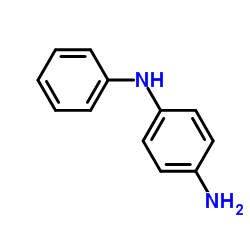| 结构式 | 名称/CAS号 | 全部文献 |
|---|---|---|
 |
聚砜树脂
CAS:25135-51-7 |
|
 |
对氨基二苯胺
CAS:101-54-2 |
| 结构式 | 名称/CAS号 | 全部文献 |
|---|---|---|
 |
聚砜树脂
CAS:25135-51-7 |
|
 |
对氨基二苯胺
CAS:101-54-2 |